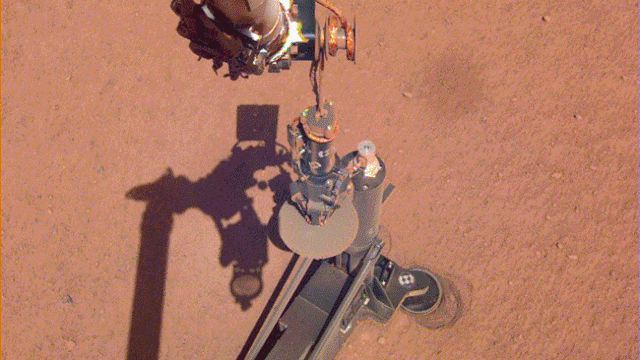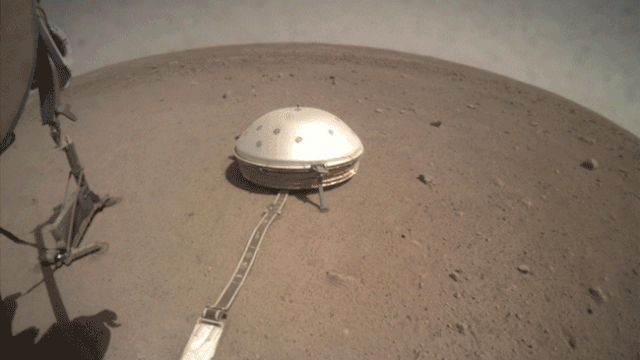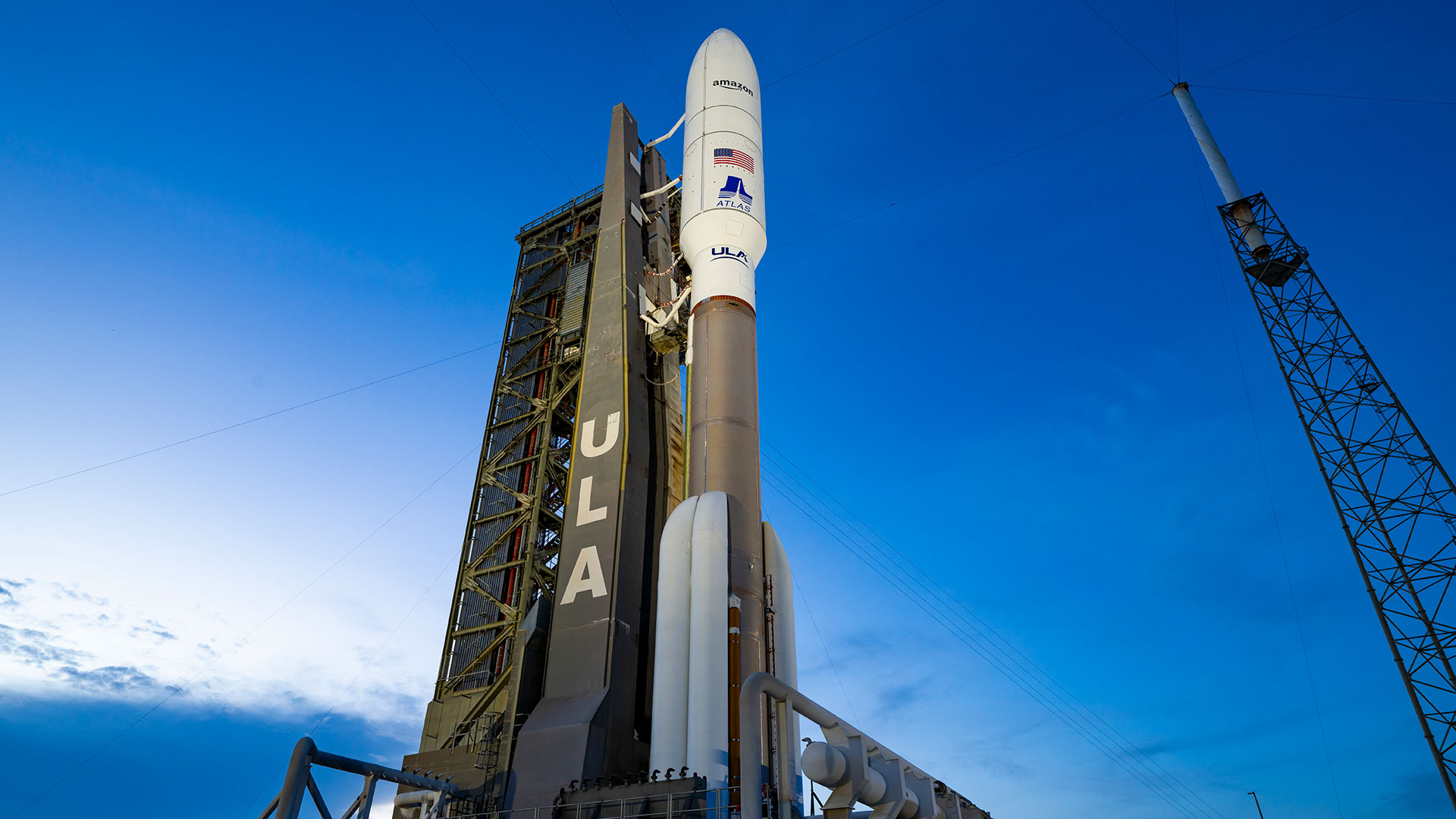InSight Team Gets Look at Stuck 'Mole' on Mars
It's a big step in the rescue operation.

There's a mole rescue mission unfolding on Mars, and it has just completed a crucial maneuver.
An instrument nicknamed the "mole" on NASA's InSight (Interior Exploration using Seismic Investigations, Geodesy and Heat Transport) lander has been experiencing some difficulty getting a deep survey of Mars. On Feb. 28, the mole began digging, but it soon appeared to be stuck, and the mission team was forced to command the mole to halt so engineers could come up with a solution.
Now, the team is "elated," according to the space agency, because InSight's robotic arm successfully removed the mole's surrounding support structure on Friday (June 28). The team now can get a look at the mole and perhaps figure out what's wrong, NASA officials said.
Related: Mars InSight in Photos: NASA's Mission to Probe Core of the Red Planet
The mole is a self-hammering spike belonging to InSight's Heat Flow and Physical Properties Package (HP3) instrument, and much like its terrestrial namesake, the instrument is meant to dig deep. But according to NASA, the spike has not been able to tunnel down further than 12 inches (30 centimeters). InSight's engineers are relieved to have successfully removed the support structure, because they should now be able to more accurately diagnose the problem.
"We've completed the first step in our plan to save the mole," InSight mission engineer Troy Hudson of NASA's Jet Propulsion Laboratory in California said in a statement published Monday (July 1) detailing the procedure. "We're not done yet. But for the moment, the entire team is elated because we're that much closer to getting the mole moving again."
Martian dirt may be the culprit. The German Aerospace Center (DLR) — which provided HP3 — found that the material may not give the kind of friction that would "balance the recoil from the self-hammering motion," NASA officials said. The mole wasn't designed for this type of scenario, and might "simply bounce in place rather than dig," they added.
Get the Space.com Newsletter
Breaking space news, the latest updates on rocket launches, skywatching events and more!

A big rock could also be causing the standstill. The mole is designed to move small rocks aside, but something large could be blocking the way.
Fortunately, InSight's other gear are allowing the team to figure out a potential solution. Camera imagery has come in handy in assessing the qualities of Martian soil, and will soon take detailed pictures of the mole to gain more information. And the crucial lift itself was executed by the very same claw-enabled arm that first deployed all of the lander's instruments after its arrival on Mars in November.
- InSight Mars Lander Snaps Dusty Selfie on Red Planet (Photo)
- There's a 'Mole' on Mars Now, Thanks to NASA's InSight Lander
- Marsquake! NASA's InSight Lander Feels Its 1st Red Planet Tremor
Editor's note: This story was updated at 12 p.m. EDT on July 2 to clarify that InSight lifted the mole's support structure from the ground, not the mole itself.
Follow Doris Elin Salazar on Twitter @salazar_elin. Follow us on Twitter @Spacedotcom and on Facebook.
Join our Space Forums to keep talking space on the latest missions, night sky and more! And if you have a news tip, correction or comment, let us know at: community@space.com.

Doris is a science journalist and Space.com contributor. She received a B.A. in Sociology and Communications at Fordham University in New York City. Her first work was published in collaboration with London Mining Network, where her love of science writing was born. Her passion for astronomy started as a kid when she helped her sister build a model solar system in the Bronx. She got her first shot at astronomy writing as a Space.com editorial intern and continues to write about all things cosmic for the website. Doris has also written about microscopic plant life for Scientific American’s website and about whale calls for their print magazine. She has also written about ancient humans for Inverse, with stories ranging from how to recreate Pompeii’s cuisine to how to map the Polynesian expansion through genomics. She currently shares her home with two rabbits. Follow her on twitter at @salazar_elin.
